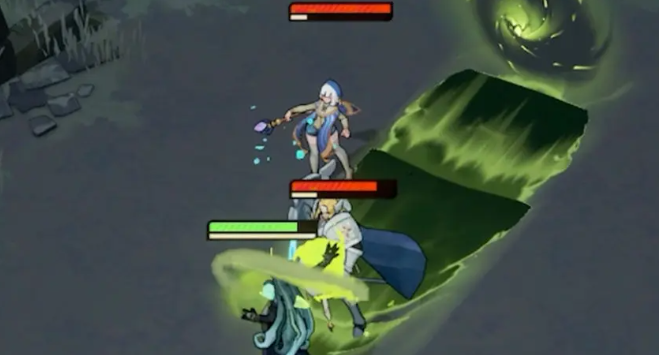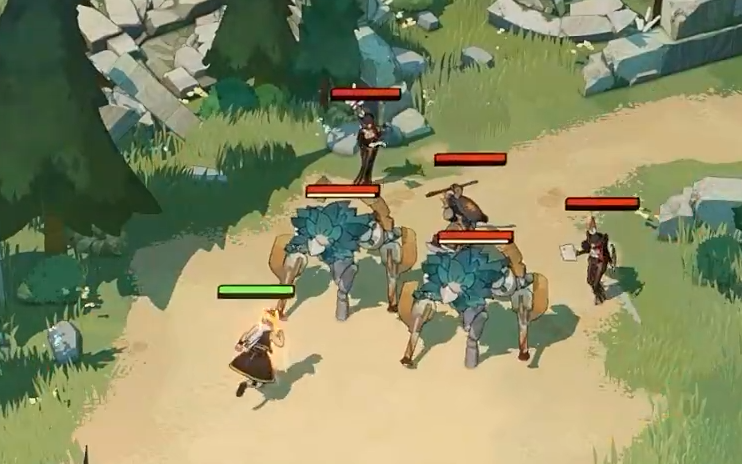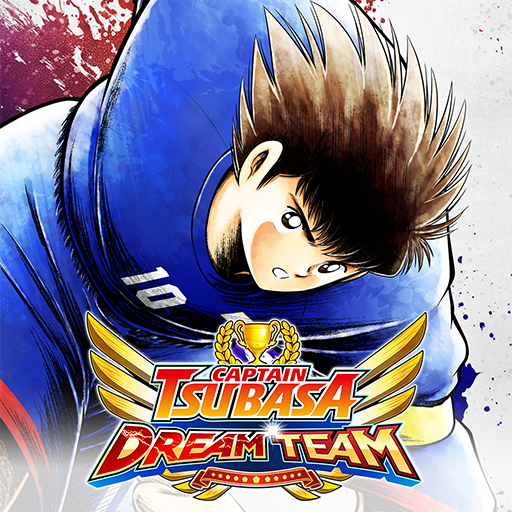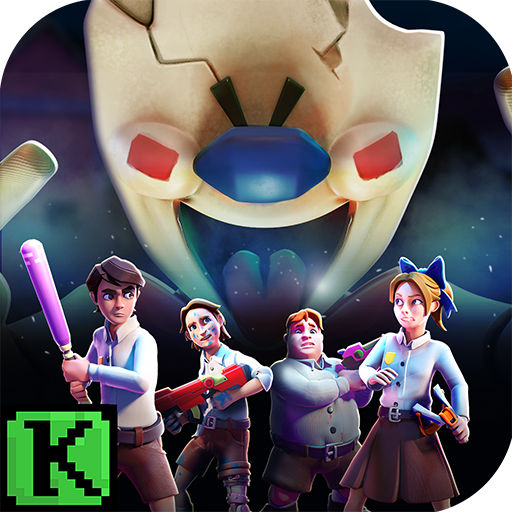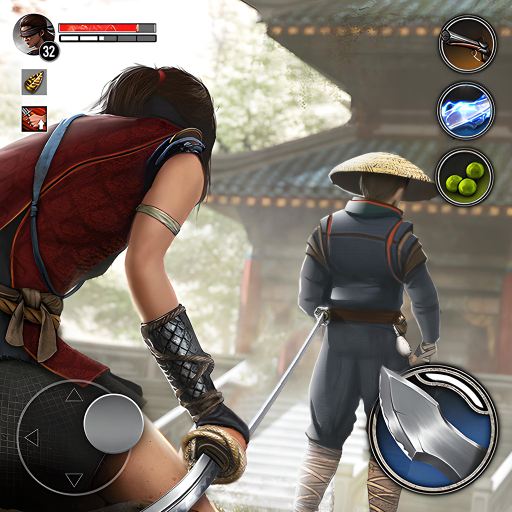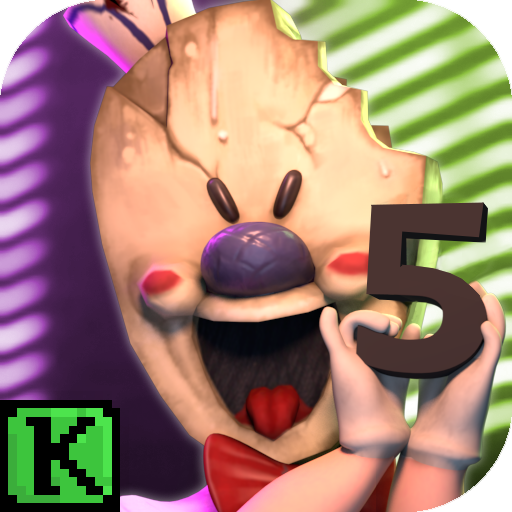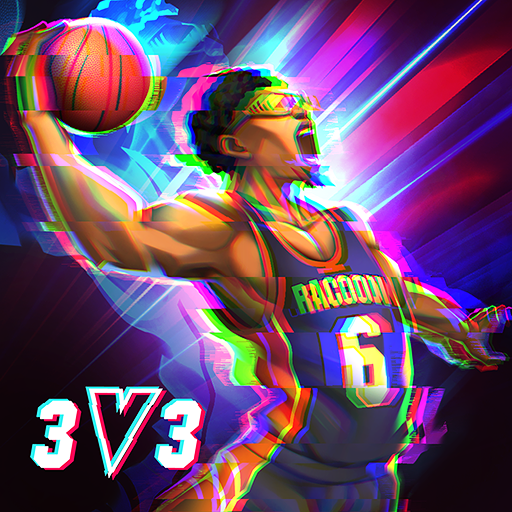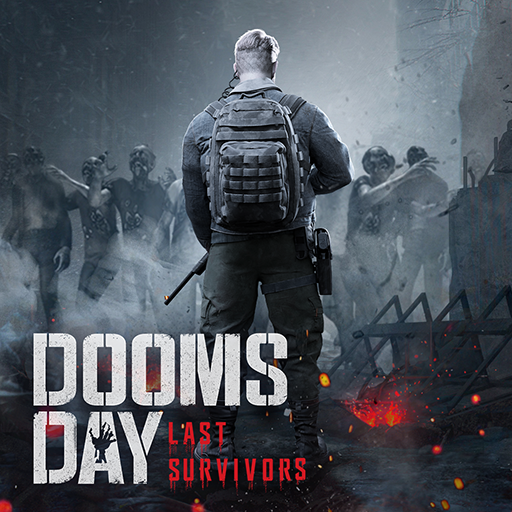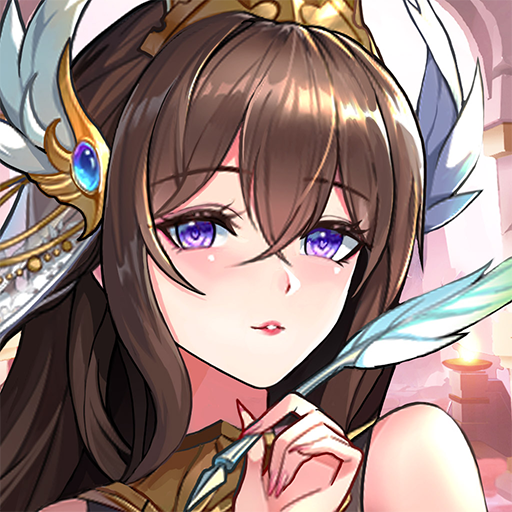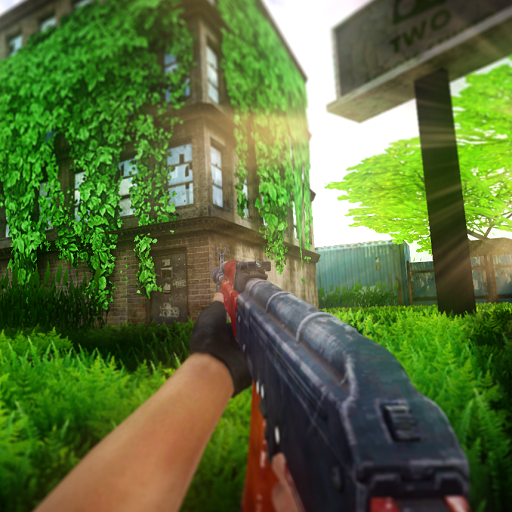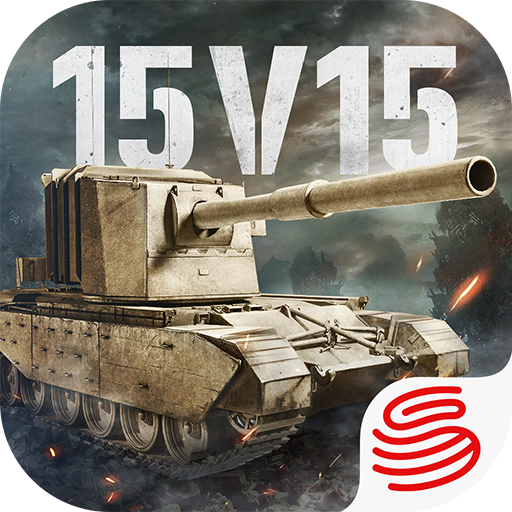In the game Dragon Breath, there are many refugee players like the editor who often feel powerless when facing big spenders, as if being beaten by them. The guide on team combinations for Dragon Breath Divine Light will tell everyone that low-cost teams can not only fully enjoy the game but also have considerable strength. Next, we will share some very useful combination techniques, and even a refugee team has enough capability.
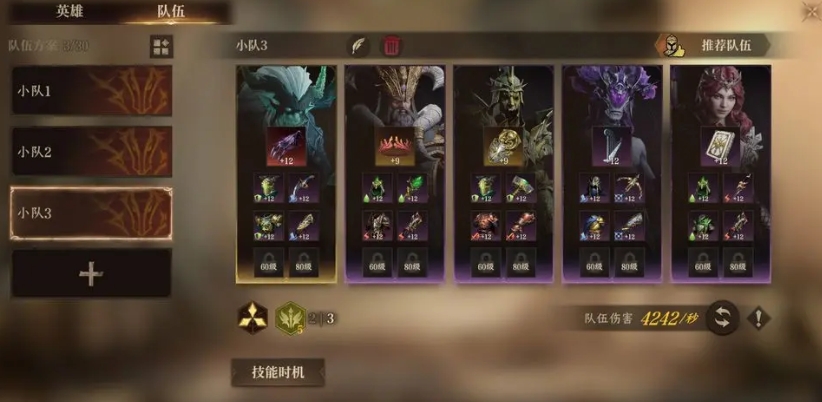
In this team, there is only one gold card, Iperos, and the rest are all purple cards. The red artifact is replaced with a golden output artifact, which does not significantly affect the team. Carrying claws is mainly to deal with environments with many shields, but even if other artifacts are used, it won't make much difference. After all, this team doesn't rely on damage to win. It's obvious that even against a group of ice dragons, dark dragons, and high-level gold cards, this deck can still achieve good results.
Everyone should have a basic understanding of the logic behind team composition, which is to form a system. By matching types and attributes, additional bonuses can be triggered. Many guides recommend at least forming one system and then adding utility characters to complete the lineup. Utility characters generally need to have shield, healing, and mobility capabilities. However, in the editor's view, such a team-building approach has too high a threshold for ordinary players. This kind of team, which excels in all aspects, is known as a well-rounded team, and its performance in all areas is commendable. With the addition of affinity buffs, it seems flawless in theory.
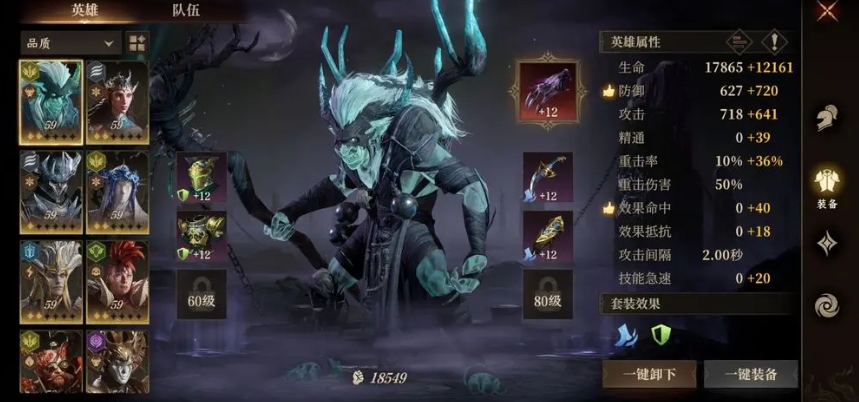
However, this also means that everyone has to go head-to-head with top-tier players. In terms of overall quality, how could refugee players possibly match up to big spenders? The weakness effect in such a team would be infinitely magnified. If the healing is insufficient, the opponent's attack could instantly kill you; if the damage is lacking, the opponent's healing could render your attacks futile. Therefore, only by taking an unconventional approach can one stand out among refugees. For a refugee team, maximizing their unique features requires three points of special attention.
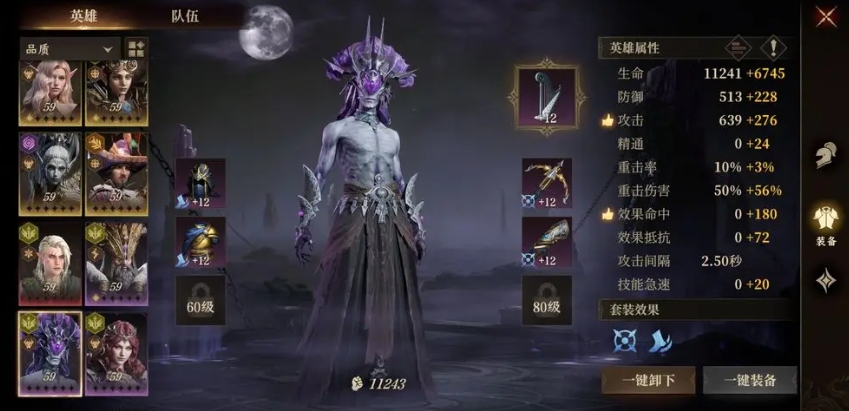
Firstly, since the cost of development is relatively low, skills can be fully enhanced to maximize character combat power. Secondly, more affinity should be gathered to use buffs to compensate for numerical deficiencies. Thirdly, specialization should be based on the team's characteristics. From an output perspective, it's certainly difficult to compete with top players, and the fearless backline assassins' performance is also unstable. Thus, the team should be built around debuffs and healing. Among them, the Ice Troll Ripercus is undoubtedly a versatile player in the team, serving as a secondary DPS, a secondary tank, and a controller.
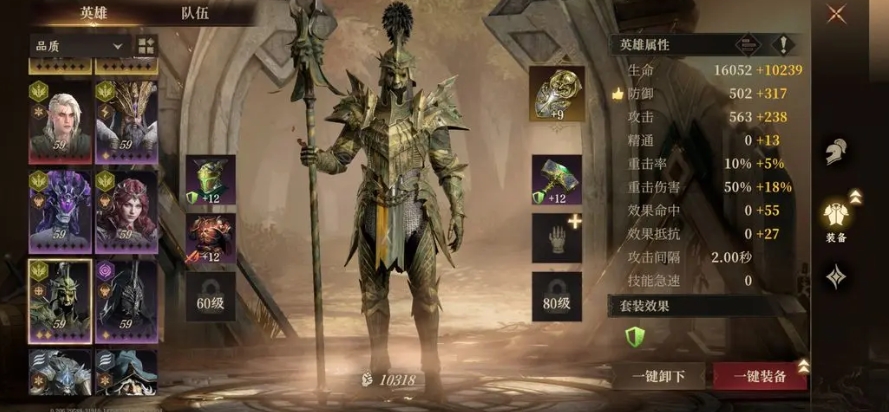
It has a certain level of offensive ability, and its control skills, such as stun and pull, can disrupt the enemy's rhythm. Additionally, it can apply various debuffs, which, combined with the team's characteristics, can wear down many teams. Zalos is one of the cores of the team, forming a dual-core with the Ice Troll. Its battle skill reduces charging speed, and its ultimate move has a large range and considerable damage, hitting many backline units. Combined with the effects of silence and fear, it can prevent many powerful attackers from using their skills.
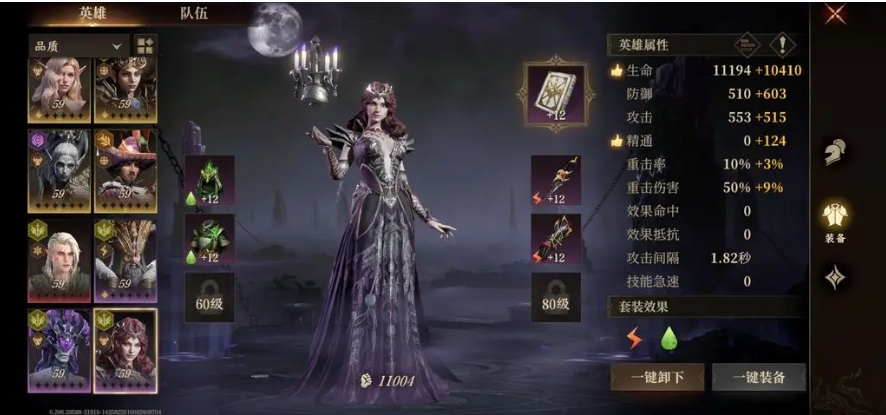
The Light Gun and Dark Candle provide ample security for the team, with abundant healing and high durability, greatly ensuring the team's survivability. Nathaniel can be considered all-around, providing sufficient room for error. If you're worried about being focused and killed, he is a good choice. In battle, the team should try to avoid being instantly killed. As long as they are not one-shot, they have the ability to continue fighting. If the opponent's team lacks healing, they probably won't survive two ultimates from Zalos.
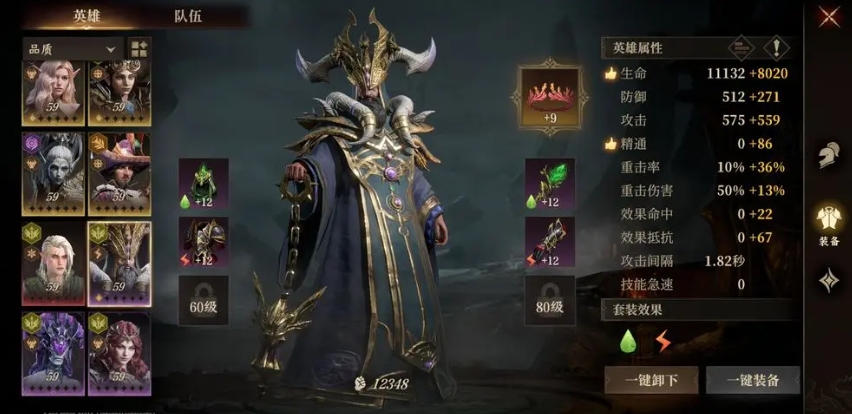
However, there is a significant drawback. Since the overall strength of the team appears weak, many people might think it's easy to bully, leading to frequent challenges, making defense battles quite painful. Being challenged frequently can lead to a drop in score. So, if you want to rank up, it's recommended to try at night. In terms of map progression, the performance is decent. Although the speed is slow, it saves a lot of potions. When playing Chapter 2, no potions are needed throughout, and even battling 20-30 levels higher, you can still pass steadily. Fighting fairies can even reach stage 64. Overall, the comprehensive strength is quite good.
The above is the analysis of the Dragon Breath Divine Light team combination guide. Although it's a rather clever team, one thing to note is that it's best used in the early stages, as it doesn't have as many benefits as other paid options, so it becomes risky in the later stages.
